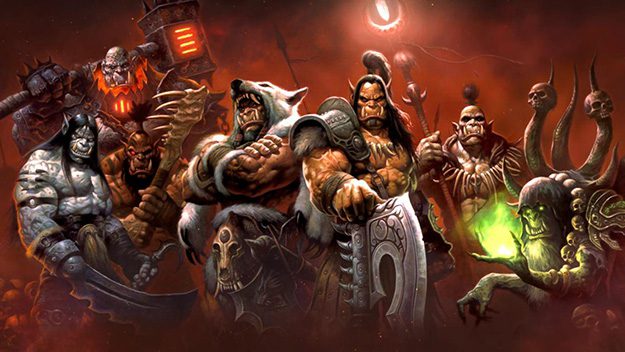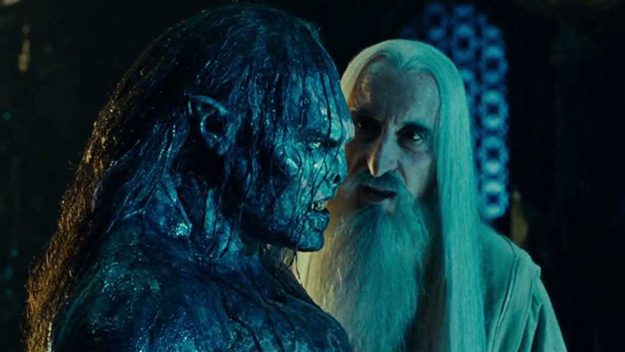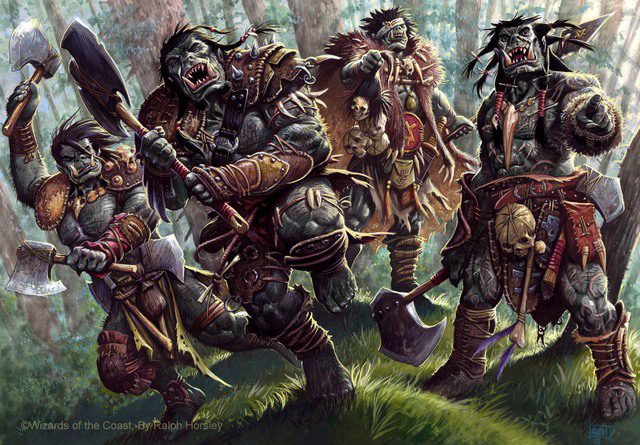In the realm of artistic creations, literature, movies, and video games hold an everlasting significance, yet they often portray mythological races that are birthed from the collective imagination of humanity to captivate audiences. In our series of articles titled “Origins of Mythical Races,” we will explore the roots, characteristics, and developments of various races. To kick things off, we will focus on the “Orc” race:
The iconic success of “World of Warcraft” has significantly shaped public perceptions of Orcs in contemporary culture, largely influenced by the “Warcraft” series by Blizzard. Within the fantasy universe of “Warcraft,” Orcs typically appear as brutish, green-skinned creatures with long tusks, adorned in heavy armor, wielding violent tendencies, and often practicing shamanism.
While Orcs in “WoW” are the most recognizable depiction of this race, they are not the only representation in the fantasy realm. Even within the “Warcraft” lore, the portrayal of Orcs has evolved since their initial appearance in “Warcraft: Orcs & Humans” in 1994. In this first game, Orcs were simply depicted as savage, evil beings, lacking the noble qualities that later became integral to their character in the “Warcraft” universe. From the outset, Blizzard established a complex portrayal of Orcs, influenced by themes of darkness and malevolence but also offering glimpses of honor and redemption.
The original image of Orcs bears similarities to the creatures in the works of J.R.R. Tolkien (The Lord of the Rings, The Hobbit, and the epic “Silmarillion”). Tolkien’s works cast a long shadow over the fantasy genre, and many contemporary creations draw inspiration from his universe. However, Blizzard’s Orcs also exist within a broader literary context, echoing themes from Tolkien’s narratives.
In Tolkien’s original texts, Orcs appeared quite differently than in modern portrayals. Generally, Orcs are described as green-skinned monsters, larger than humans, but Tolkien’s Orcs often had “sallow” or “dark” skin and were smaller than humans. This distinction may have been influenced by the original sources of inspiration for these creatures in Middle-earth.
Tolkien’s works provide several different interpretations of the origins of Orcs, but the most prominent explanation comes from the films “The Lord of the Rings”: Orcs are essentially evil counterparts of Elves. Additionally, Orcs are often depicted as a degeneration of more noble races in Middle-earth, such as the Uruk-Hai bred by Saruman, which are significantly more powerful hybrids between Orcs and humans.
However, even in Tolkien’s works, the definition of Orcs is not entirely clear, especially when distinguishing between Orcs and Goblins. In contemporary fantasy literature, Goblins are often seen as the “little brother” race, weaker and less cunning than Orcs. Yet in “The Hobbit” and “The Lord of the Rings,” these terms are frequently used interchangeably by the author.
Another common source of Orcs can be traced back to “Dungeons & Dragons.” In that context, Orcs appear quite differently from the modern image, with facial features reminiscent of large, brutish creatures. Over time, the long tusks have been retained, yet their societal depiction can vary widely based on the specific race and environment.

























